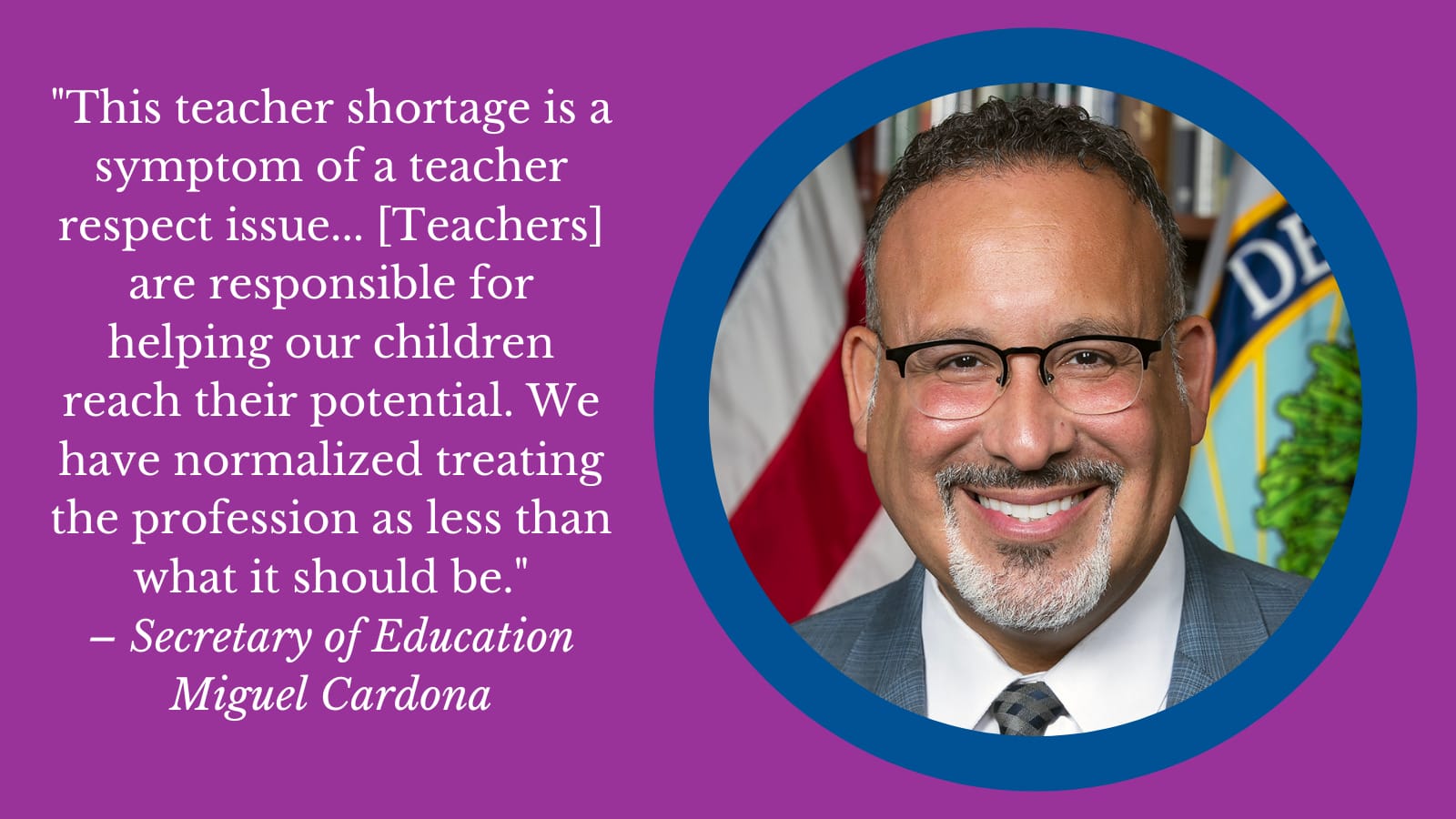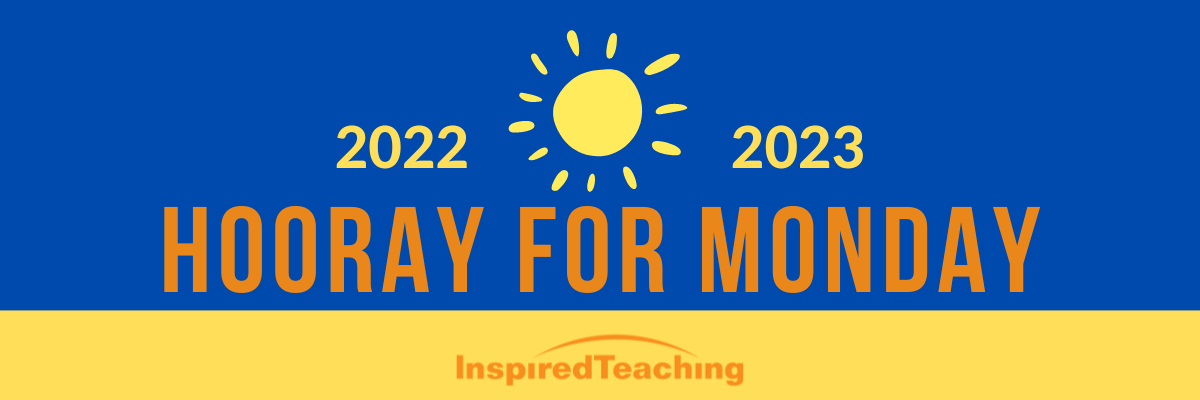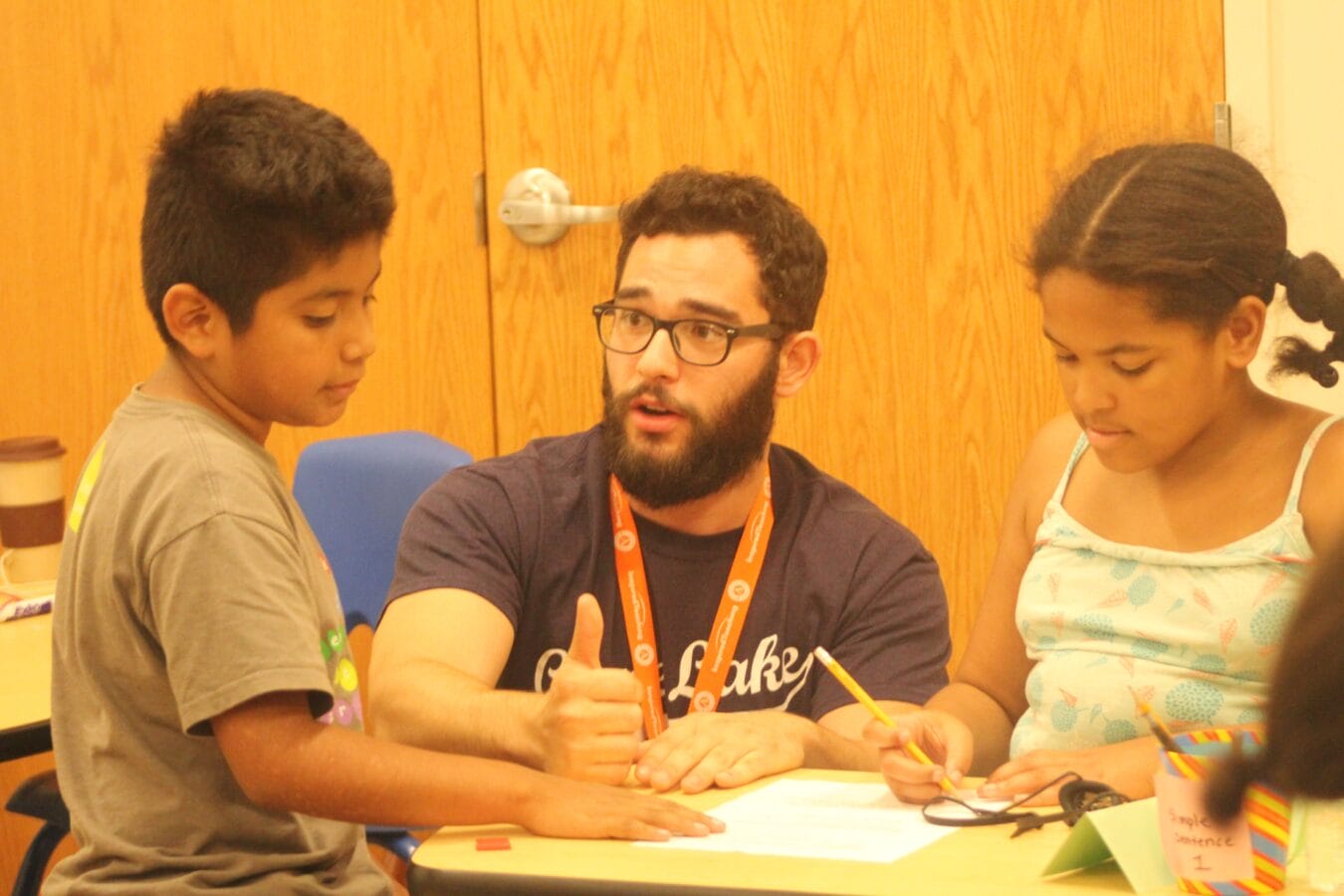November 7, 2022
By Jenna Fournel, Director of Teaching and Learning
Hooray for Monday is a weekly blog filled with questions, ideas, reflections, and actions we can all take to remodel the school experience for students.
You can now listen to Hooray for Monday on Spotify! Check out our podcast here.
 Tuesday is Election Day. Does that matter for the work we need to do in the classroom?
Tuesday is Election Day. Does that matter for the work we need to do in the classroom?
In a recent EdWeek article, reporter Libby Stanford wrote “this year, debates over schools’ role in teaching students about gender, sexuality, and race have fueled the campaigns of candidates across the country in contests for governor, state superintendent, state boards of education, and local school boards.
For candidates on the conservative side, that often means promoting their conception of parents’ rights, along with school choice, and restrictions on how issues including race, gender, and sexuality are taught and approached in schools. Candidates on the more-liberal side, by contrast, are apt to champion issues such as teacher pay increases, greater mental health supports for students, and support for LGBTQ students.”
So yes, the future of education is definitely on the ballot. This week the most important thing we can do is vote. But what we do after the ballots are counted might matter even more.

Secretary of Education Miguel Cardona was recently interviewed by Adam Harris, a reporter for The Atlantic who asked him what was contributing to the mass exodus from the teaching profession. Cardona said, “this teacher shortage is a symptom of a teacher respect issue. There are states in our country where teachers make 30% less than other college graduates. We have normalized, as a country, that teachers are bartending on the weekends, that they are driving UBER on the weekends. They are responsible for helping our children reach their potential. We have normalized treating the profession as less than what it should be and we have seen the results of that. When [teachers] have options, they say, ‘I am not doing this.’ And we have to do better.”
Harris asked him where this lack of respect comes from and Cardona replied, “We are a student-centered profession and we care about children at the expense of ourselves. These same teachers that are making a poor salary in many states are not hesitating to put their hand in their own pocket to buy something for their kids. They’re here for kids at the expense, sometimes, of themselves or their profession. So if they’re not bringing it up, fighting for it, what ends up happening is that there are other priorities that get the attention. And I have said before, and this is my personal thinking, about 75% of our teaching workforce are women, would it be the same if 75% were men?”
These remarks are hard to read, but they’re not wrong. We have to vote, but to get the respect we deserve, the respect we need to continue to thrive in this profession, we have to share our voices. And that’s difficult when you are in a school that may not support teachers talking to the media. That rule is usually in place to avoid negative press. But we don’t actually need negative press to raise awareness and respect for the profession. In fact, negative press may work to our detriment – reinforcing the brokenness of a system that seems too overwhelming to fix.
What we need are stories about how effective teaching and learning work, so the public gets more invested in creating policies and providing funding to keep it working. When we raise our voices, we don’t have to point fingers at everything that is wrong. Instead, we need to elevate stories of what we’re doing right, how we make that happen, and what is required to take good work to scale. Our schools are less likely to turn down a media opportunity if it’s for something good. And every time we put a story into the world about engagement-based learning in our schools, we make the case for making that the norm and not the exception.
You can start sharing those stories here! Fill out this brief survey and let us know what keeps you doing the work. We may reach out to do an interview so we can share your story in a future issue of Hooray for Monday.
Please vote on Tuesday. But after that, let’s work together to share our voices. No matter who gets elected, they all need to hear what we have to say.
4 Ways to Share Your Voice

Here are some suggestions that integrate storytelling into things you are already doing.
1. Share your work with parents.
When we talk about our work with peers, we’re preaching to the choir. When we talk with parents, we’re spreading the message into the world beyond school. Parents are a captive audience, and they benefit from knowing what their children are doing in school. An activity like Scribe’s Record is an excellent reflection tool for your class and a ready-made way to communicate classroom learning to families.
2. Let us interview you!
We welcome opportunities to shine a light on the work of Inspired Teachers. Reach out to Jenna, our Director of Teaching and Learning, if you have a story to tell. We may feature you on our blog, podcast, website, social media, and in Hooray For Monday.
3. Find community partners to do projects with your class.
When we bring outsiders into our schools, we offer them fresh perspectives on school that aren’t what they see in stock photography or movies. Can you get a banker to come in for a lesson on financial management? A local scientist for a lab experiment? A community author for a writing workshop? These guests bring expertise to your students. But more importantly, you and your students open their eyes to what a classroom is all about – thus raising the profile of our work.
4. Build a relationship with a reporter.
Find out who your local education reporters are and reach out to them to introduce yourself, letting them know you’ll keep them posted on neat classroom activities they may want to cover. You’ll want permission from your principal in advance and clarity around what pictures can and cannot be taken. But once you’ve established contact, you may want to send the reporter a calendar with upcoming events or send periodic emails to keep the lines of communication open. Reporters are often looking for teachers to offer color and perspective to their education stories. You can always decline these requests, but becoming a source for a reporter is one of the most efficient ways to get your voice in front of a broad audience.


